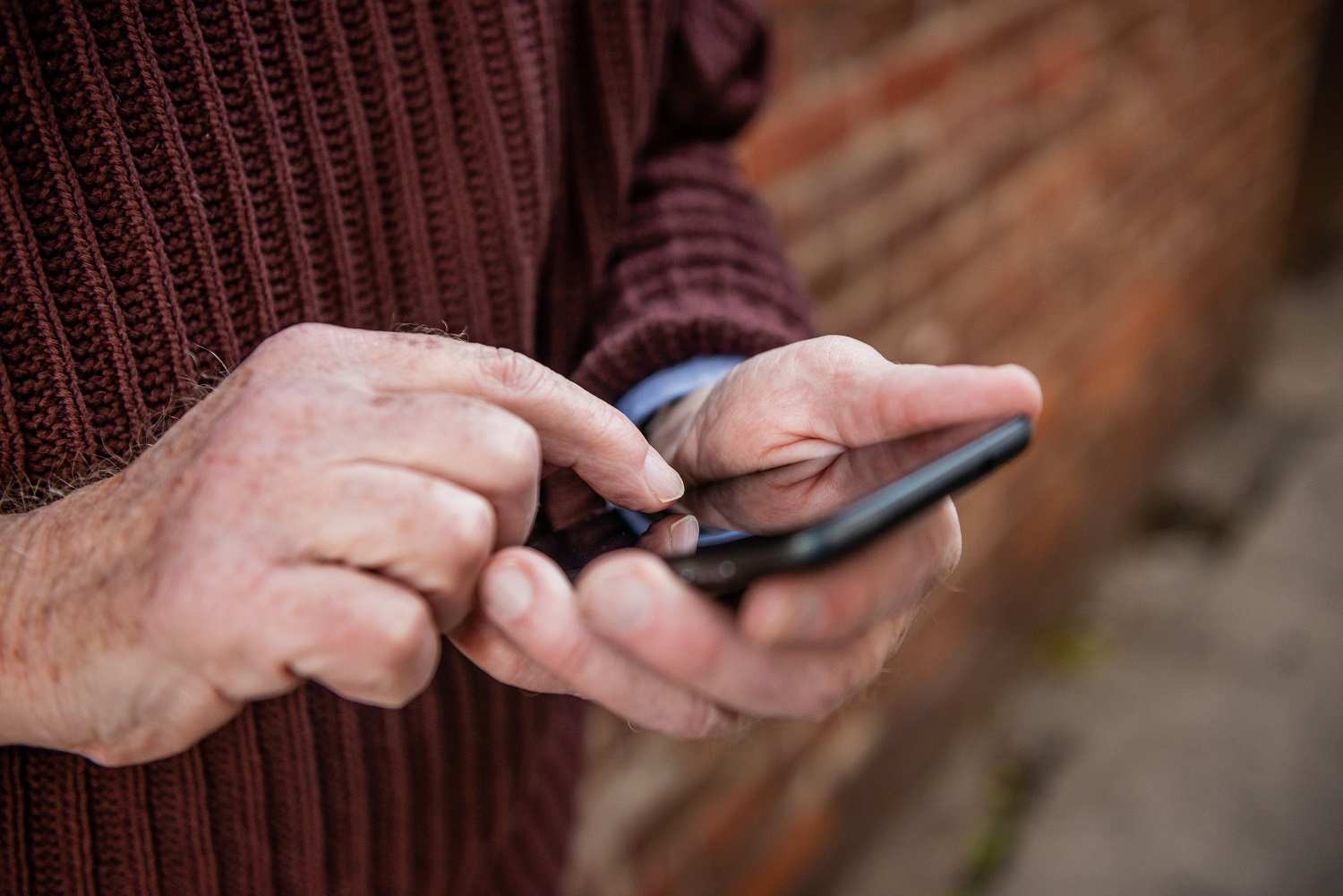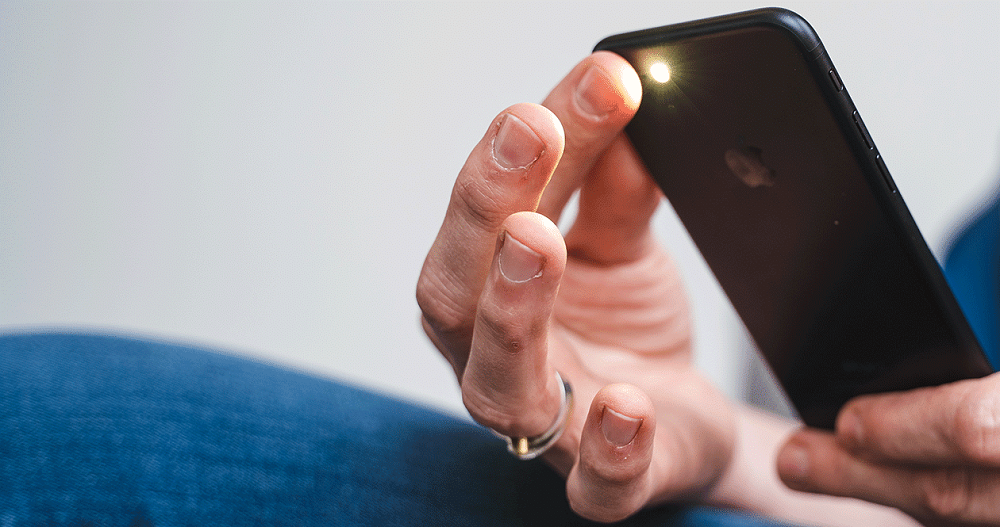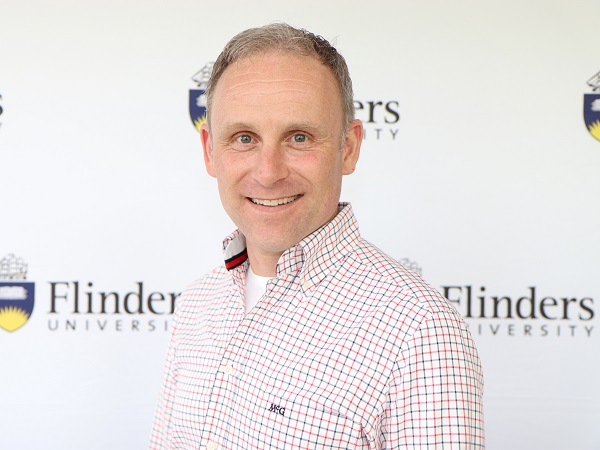
A mobile phone app that remotely monitors the heart rate and rhythm of patients with diagnosed cardiac arrhythmias has been adopted across 14 European countries.
A researcher from the Flinders Caring Futures Institute says the remote nature of the technology – used by people with heart rhythm problems, specifically atrial fibrillation – has reduced the burden on health clinics during the pandemic.
It has also potentially lowered the risk of COVID-19 infection by patients who would have usually left their home for in-hospital appointments.
Caring Futures Institute researcher and Leo J Maher Cardiovascular Nursing Chair Professor Jeroen Hendriks has been working with Associate Professor Dominik Linz Maastricht University Medical Centre+ in the Netherlands on the roll out of the mobile health (mHealth) application, known as the TeleCheck-AF project.
TeleCheck-AF was developed during the first COVID-19 wave in the Netherlands. More than 3000 patients have been prescribed the mHealth app, called FibriCheck, to have their heart rate and rhythm monitored and treated remotely.
Prof Hendriks says the experiences of patients and centres participating in TeleCheck-AF have been analysed and results are positive.
“Despite different health care settings across countries and experiences with mHealth, the approach has been set up in a very short time during COVID-19, without experiencing any major problems,” he says.
“Moreover, patients reported that the app was easy to install and easy to use. It also picked up that more than half of the patients with an atrial fibrillation episode were asymptomatic.
“If left untreated this puts them at risk of complications such as a stroke or mini stroke, or what we call a Transient Ischaemic Attack.”

A person with atrial fibrillation – an irregular and rapid heart rate – is four times more likely to have a stroke or heart failure. Therefore, monitoring the heart rate and rhythm is crucial in managing the condition and this is usually done through face-to-face consultations in a health setting.
However, the COVID-19 pandemic has disrupted the face-to-face nature of health consultations and treatment, and so came the rise of telehealth consultations.
Prof Hendriks says prior to COVID-19, telehealth consultations made up less than 1% of service in 2019, skyrocketing to 76% in 2020.
“This meant that instead of seeing our patients in-person and undertaking an ECG (electrocardiogram) we were calling them without having any clinical data about their heart rate and rhythm. We knew it would be difficult,” he says.
“As a solution, we knew that smartphone PPG (photoplethysmography) could give us an alternative strategy.”
The app works by the user placing their index finger over the camera on their smartphone for one minute to measure their heart rate and rhythm.
An algorithm then identifies if the patient has a heart rhythm disorder or is in the normal rhythm (sinus rhythm) and if their heart rate is too fast or too slow.
Participants across the European countries performed three heart rate and rhythm recordings per day, as well as some other measures, a week before their teleconsultation. The data was then transmitted to a secure cloud system which is then accessible to the physician during a teleconsultation.
Prof Hendriks says it’s important for patients to be actively involvement in the management of their condition.

“Patients have told us that they liked to be involved and contributing to their care,” he says.
“I believe that when patients are involved, they take shared responsibility for their condition and care and this can result in a better focus on treatment as well as improved risk factors and lifestyle modifications.
“This then results in improved self-management.”
Prof Hendriks says the TeleCheck-AF approach would be ideal for patients living in rural or remote areas of Australia.
The use of technology to improve self-management in patients with atrial fibrillation is making its way to South Australia, he says.
“We are about to start a specialised outpatient service for patients with atrial fibrillation based on the principles of integrated care at the Royal Adelaide Hospital,” Prof Hendriks says.
“Patient involvement as well as the use of technology are important aspects of this iCARE-AF clinic. As such the TeleCheck-AF approach would have a seamless fit within iCARE-AF, and it would be fantastic to implement TeleCheck-AF in Australia as well. Watch this space!”
For more information check out the recent article published in the The Physiological Society’s magazine.

